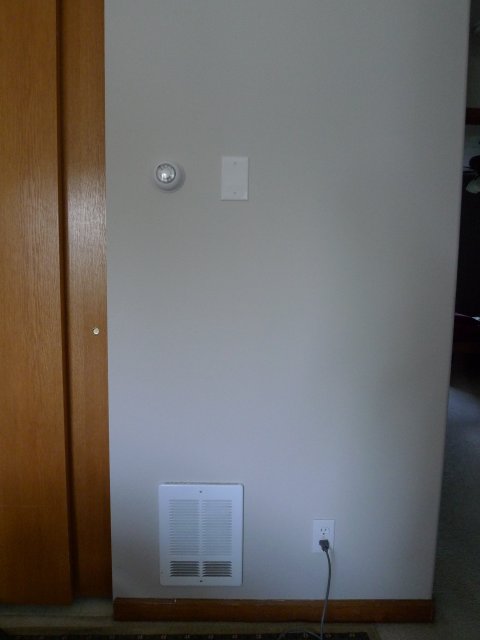Published at 10:36 on 27 September 2020
Short answer: maybe, but probably not.
First, like all institutions in society, particularly powerful institutions, the number one priority for the Supreme Court is to preserve itself and its power. Justices know that a second Trump term would complete the descent into authoritarianism, and that it would result in a dictatorial executive branch arrogating virtually all power to itself, at the expense of the other two branches.
The most extreme thing any Democrat is proposing is to expand the size of the Court, and the Democrats probably won’t even do that, because they are possessed of an institutionalized Stockholm syndrome and value weakness; they neurotically think that being weak will help make their opponents like them. Biden has, true to form, already tried to throw cold water on such proposals. The Justices are not stupid and this is as obvious to them as it is to any intelligent observer.
Therefore, they can reasonably expect that a Biden presidency will conserve their institution’s power, just like they can reasonably expect that a second Trump term will turn their institution into a meaningless empty shell.
Second, the very act of ruling against Trump (despite the current ideological makeup of the justices) would itself furnish hard evidence in favor of the contention that the Supreme Court is an independent, nonpartisan body, further acting to increase the power and standing of the Court as an institution.
Third, the Justices all serve life terms. Unlike Republican congressmen, they have nothing to fear from Trump or the sheep that follow him.
Conservative Supreme Court justices have already ruled contrary to Trump’s wishes more than once. It is therefore not naïve to entertain the thought they might do so again.
Trump will have appointed three of the nine justices. Of the six conservatives, he will have appointed half. Justice Gorsuch has already demonstrated his independence by ruling against Trump the most of any justice he has appointed. The two ones to worry about are Kavanaugh and Barrett. To them can possibly be added Justice Thomas, who has proved himself to be a party hack more than once.
Maybe Justice Alito rules Trump’s way, too. Let’s be pessimistic and imagine he does. Roberts and Gorsuch have already demonstrated their independence, and I just don’t consider it plausible that they would make a legally-strained ruling in Trump’s favor. That makes for a 5–4 ruling against Trump. And this is with making generous assumptions for Trump; the exact margin is therefore likely to be wider.
A 9–0 ruling is in fact not out of the question! Suppose that Kavanaugh and Barrett are inclined to support their führer, but they can see which way the wind is blowing. Why cast a meaningless pro-Trump vote, which can only harm their personal reputations, when stabbing Trump in the back can better preserve it?
And yes, I know about Bush v. Gore. That was in a different era, with different particulars. A Bush presidency did not carry the plausible risk of reducing the Supreme Court to an empty shell.
I must reiterate that this is not a certain outcome, only an extremely plausible one. An important variable will be how much Constitutional compulsion there is to rule a particular way. For example, if it comes down to the Court ruling on whether the House gets to select the next president on a per-delegate basis, it is going to be very hard to rule against that, because the Constitution is so explicit about it.
Mind you, it will still be important to get out into the streets and demonstrate that a government without the consent of the governed is intolerable. That will in fact help motivate the Supreme Court to rule against Trump as a way of calming the unrest.
To sum it all up, I’m not saying that Trump will lose in the Supreme Court, only that he probably will, assuming it comes to that. An election dispute that ends up in the Supreme Court is not necessarily the slam-dunk for Trump that many seem to think it is, even in a 6–3 Court.



